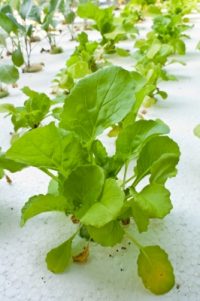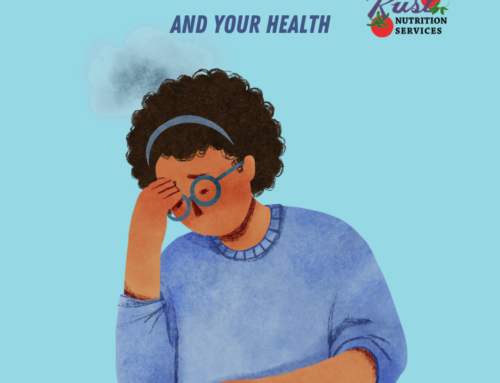
freedigitalimages.net
When I was in college getting my undergraduate degree in clinical dietetics, I had a Food Science class that I loved. One class project involved designing a food science experiment using a control and experimental groups. My experiment involved using an artificial sweetener – aspartame – as a sugar (sucrose) substitute in a sugar cookie recipe (aspartame is not heat-stable. In the 1980s there were no heat-stable artificial sweeteners other than saccharin. We now have acesulfame potassium and sucralose – both heat-stable and suitable for baking).
My research told me that I’d need a thickening agent to stabilize the cookie when sugar was removed. At the time, I had to order a microcrystalline cellulose powder from FMC to use in my experiment. My experiment compared four different sugar cookie recipes. I used various percentages of the artificial sweetener and sugar (one cookie was 25% aspartame, 75% sugar; one was 50/50; one was 100% aspartame-sweetened, and percentages of the additive accordingly). These were compared to a control cookie (traditional sugar recipe).
The experience stuck with me. At that point I toyed with the idea of moving on to become a food scientist instead of a dietitian. I had dreams to get my PhD at Cornell in Food Technology, but instead, went on to get my Master’s Degree in nutrition from the University of Pittsburgh. However, my interest in food technology is now satisfied by researching and writing about it.
Understanding that Food is Science
People are often afraid of the unknown. When I hear people talk about “scary food ingredients that you can’t pronounce”, I scratch my head (recently, even food company’s are using this in their marketing) . Some people can’t spell or pronounce “anesthesiologist”. Does that mean you should avoid “going under” the next time you have surgery? I don’t think so (even though you have little understanding of the medical specialty of anesthesia and pain medicine, you’re okay with it, as long as you don’t have to experience severe pain).
So why are you afraid of ascorbic acid, cellulose gel or glucomannon? More recently, fear of GMO technology is a hot button. Genetic engineering has the potential to improve the world’s food supply. These ingredients are causing you no pain and have been tested for human safety. Unless you want to bake and cook absolutely everything from scratch, every day, these safe ingredients are found in our food supply, and usually have a specific purpose. The ingredients provide properties such as enhanced shelf life and stability (withstanding heat, becoming less oxidative, or being stable in the presence of an acid). They also have other functionality (thickeners or emulsifiers).
We have a rigorous regulatory boards that oversee food safety. These include federal organizations such as FDA and USDA, but also independent consumer organizations. Don’t pass on ingredients simply because of rumors you read or hear about. Work on understanding the ingredients, and count on food and nutrition experts and food technologists to provide science-based information.




